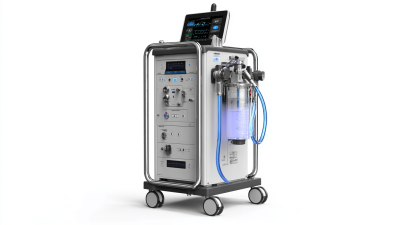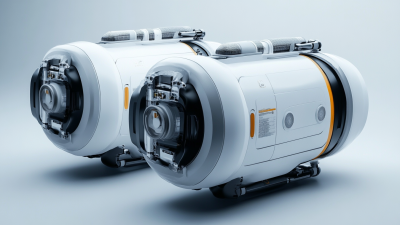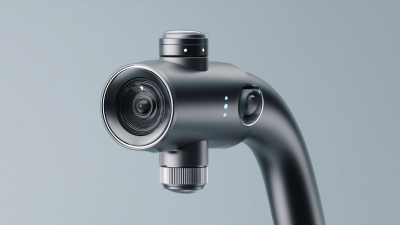In the realm of healthcare, the choice of medical equipment can significantly impact patient outcomes, and the Portable Suction Unit is no exception. According to a report from MarketsandMarkets, the global portable suction devices market is projected to reach $2.6 billion by 2025, underscoring the increasing importance of these devices in various medical settings, including emergency care and home healthcare. The effectiveness of a Portable Suction Unit in managing airway obstructions, especially in critical situations, is a vital concern for healthcare professionals. Selecting the right model, however, is crucial, as it can affect not only the efficiency of suctioning but also patient safety and comfort.
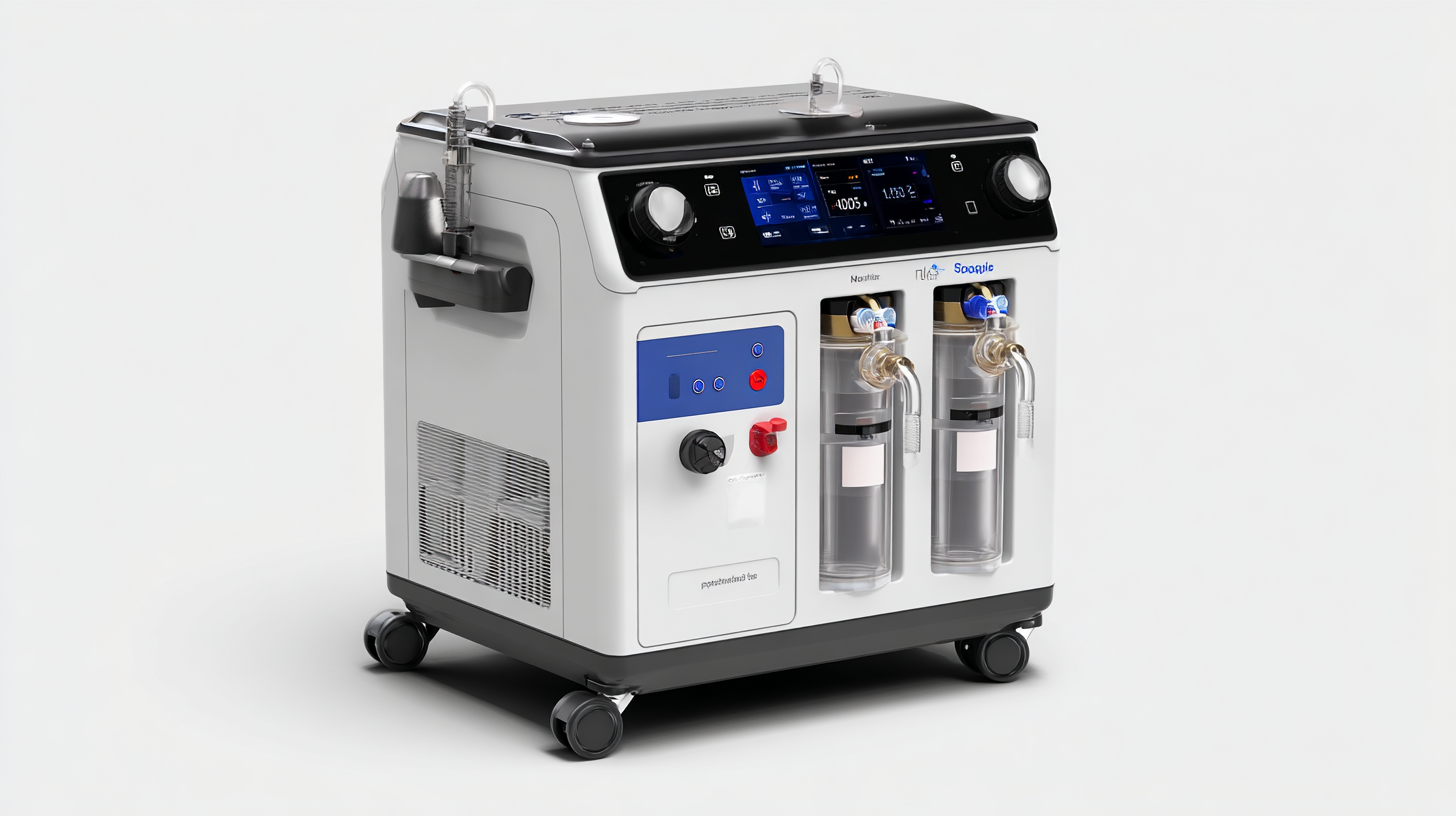
Key features such as suction capacity, portability, battery life, and ease of use should be meticulously considered to ensure optimal patient care. As healthcare continues to evolve, making informed choices about Portable Suction Units will play a critical role in enhancing clinical outcomes and improving overall patient experiences.
Portable suction units play a crucial role in patient care, particularly in emergency and clinical settings where timely intervention is essential. According to a report by the World Health Organization, suction devices are critical in managing airways and clearing secretions to prevent complications such as aspiration pneumonia. With respiratory conditions on the rise, coupled with the increased need for home care options, the demand for portable suction units has surged significantly.
When selecting a portable suction unit, healthcare professionals must consider several key features that directly impact patient outcomes. For instance, the suction pressure is vital; units with adjustable pressure settings are recommended, as they can effectively handle varying patient needs, as noted in a 2022 study published in the Journal of Medical Devices. Furthermore, ease of portability and battery life cannot be overlooked, as first responders and in-home caregivers require reliable devices that can operate for extended periods without needing recharging. As emphasized in a survey conducted by the National Association of Medical Professionals, the choice of device significantly influences not only the efficiency of care but also patient satisfaction and recovery times.
When selecting a portable suction unit, several key features are critical for ensuring optimal patient care. First and foremost, suction power is paramount. A unit should provide adjustable suction levels to accommodate various medical needs, from handling routine respiratory issues to emergency procedures. It's essential to assess the vacuum pressure range, as a unit that does not generate adequate pressure may hinder efficient airway clearance.
Another significant feature is portability and ease of use. Look for lightweight designs with ergonomic handles that facilitate transport across different care settings. A long battery life is also advantageous, ensuring the unit remains functional during extended use or in mobile situations without frequent recharging. Additionally, consider the availability of various suction catheters and filters to ensure compatibility and maintain hygiene standards. These features collectively enhance user experience and patient outcomes, making them vital considerations in the purchasing process.
| Feature | Description | Importance |
|---|---|---|
| Portability | Lightweight and easy to transport for use in various settings. | High |
| Power Source | Battery-operated or AC-powered options for flexibility. | High |
| Suction Pressure | Adjustable pressure settings to accommodate different suction needs. | Medium |
| Collection Canister | Size and ease of disposal of the canister. | High |
| Noise Level | Operation noise considerations for different clinical environments. | Medium |
| User-Friendly Interface | Ease of use, including indicators and controls. | High |
| Durability | Construction materials that withstand repeated use. | Medium |
| Maintenance Requirements | Frequency and ease of cleaning and maintenance. | Medium |
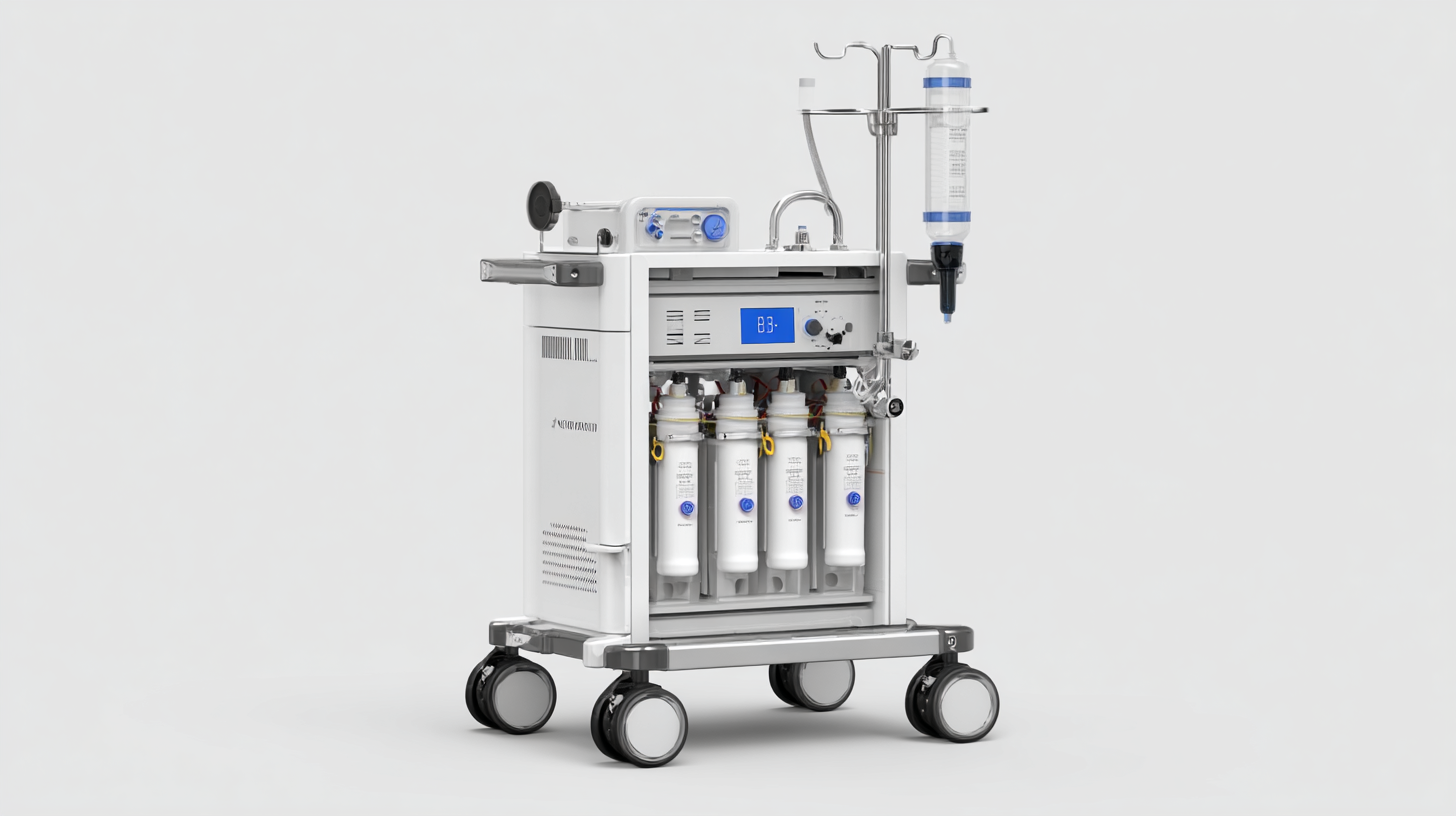 When choosing the right portable suction unit for optimal patient care, evaluating power and suction performance is critical. Recent studies have shown that suction power is a key factor in medical device effectiveness, particularly in airway management scenarios where efficient suction can significantly impact patient outcomes. For instance, enhancements in military airway suction devices have been highlighted, focusing on performance metrics that relate directly to suction capacity and portability. This illustrates the necessity for robust testing conditions that mimic real-life applications, ensuring that the units can handle variable demands effectively.
When choosing the right portable suction unit for optimal patient care, evaluating power and suction performance is critical. Recent studies have shown that suction power is a key factor in medical device effectiveness, particularly in airway management scenarios where efficient suction can significantly impact patient outcomes. For instance, enhancements in military airway suction devices have been highlighted, focusing on performance metrics that relate directly to suction capacity and portability. This illustrates the necessity for robust testing conditions that mimic real-life applications, ensuring that the units can handle variable demands effectively.
To make an informed choice, potential buyers should consider the energy consumption and suction performance of a unit. Comprehensive evaluations such as the simulation route proposed in vacuum pump research reveal how performance varies under different conditions, providing insights into energy efficiency and suction capabilities. It's notable that various commercial vacuums have undergone rigorous testing to determine their airflow and sealed suction metrics, ensuring that users can trust their devices to perform at optimal levels when needed most.
When selecting a portable suction unit for optimal patient care, portability and user-friendliness are critical factors that healthcare professionals must assess. According to a report by Grand View Research, the global suction devices market was valued at approximately $1.3 billion in 2020 and is anticipated to grow steadily, with an increasing emphasis on mobile healthcare solutions. These devices must be lightweight, compact, and easy to store, enabling healthcare providers to transport them efficiently between different care environments.
User-friendliness often correlates with improved patient outcomes, as highlighted in a study published by the Journal of Critical Care. The research suggests that devices with intuitive interfaces and minimal setup requirements significantly reduce the time it takes to prepare for a procedure. Key features such as straightforward controls, clear indicators for battery life, and easy cleaning protocols contribute to a seamless experience. A portable suction unit that combines these characteristics allows healthcare professionals to focus more on patient care and less on technical complications, ultimately enhancing overall service delivery in emergency situations.
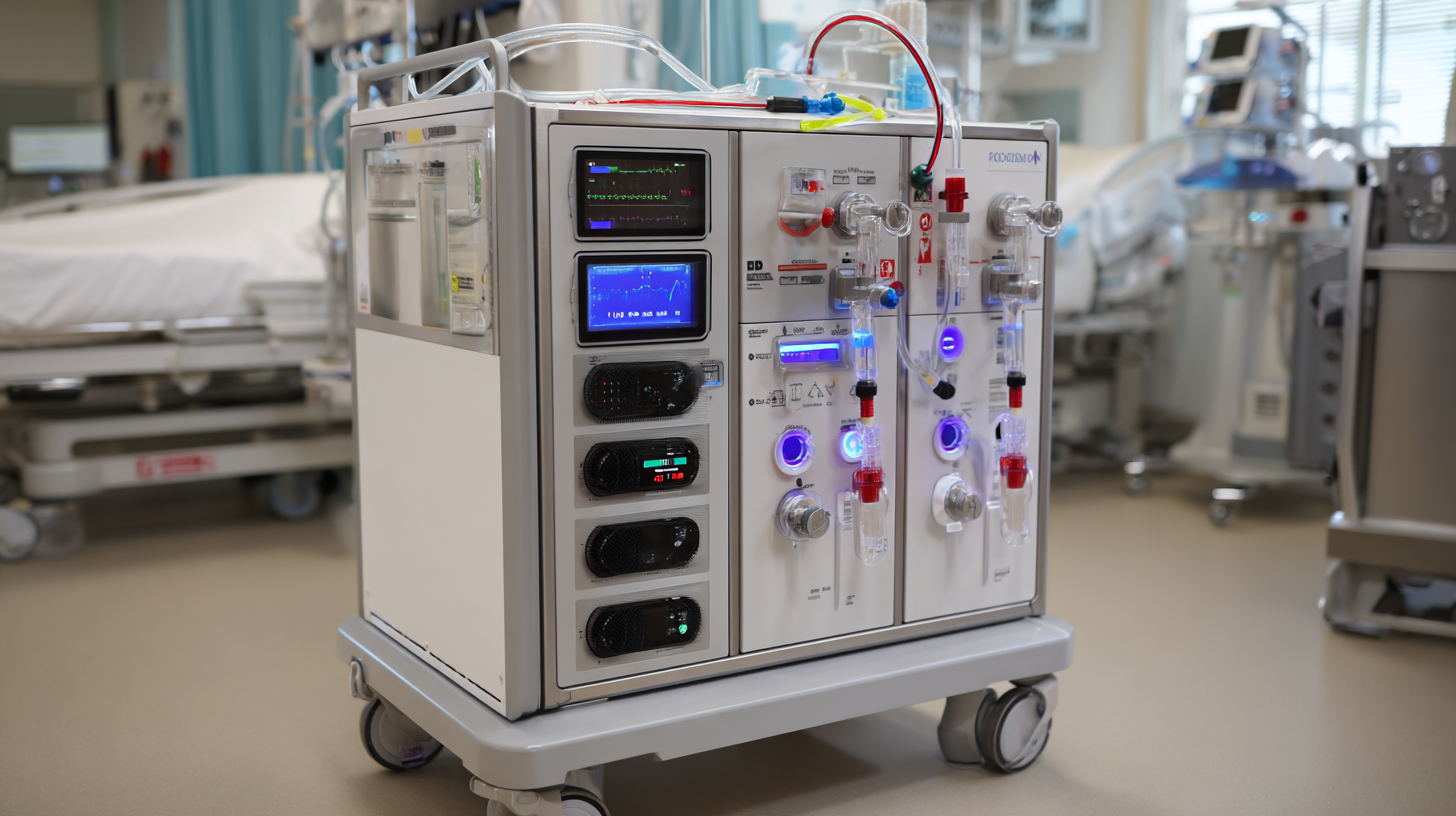
When selecting a portable suction unit for optimal patient care, ensuring safety and compliance is paramount. According to a 2021 study published in the Journal of Medical Devices, adherence to safety standards not only enhances patient outcomes but also reduces liability risks for healthcare providers. The FDA mandates that all suction devices meet specific performance standards, including leak tests and suction pressure thresholds. Reliable units typically offer a suction pressure range between 80 to 560 mmHg, accommodating a variety of clinical situations while safeguarding patient safety.
Moreover, compliance with the ISO 10079-1 standard is critical in ensuring that the device is safe for use. This standard outlines requirements for design, performance, and testing to maintain a consistent level of quality in medical suction devices. As highlighted by the 2020 Health Technology Report, facilities that prioritize compliance are less likely to encounter complications associated with non-compliant equipment. Therefore, when choosing a portable suction unit, not only should healthcare providers consider the technical specifications of the device, but they must also prioritize those that comply with rigorous safety regulations to ultimately ensure effective patient care.

